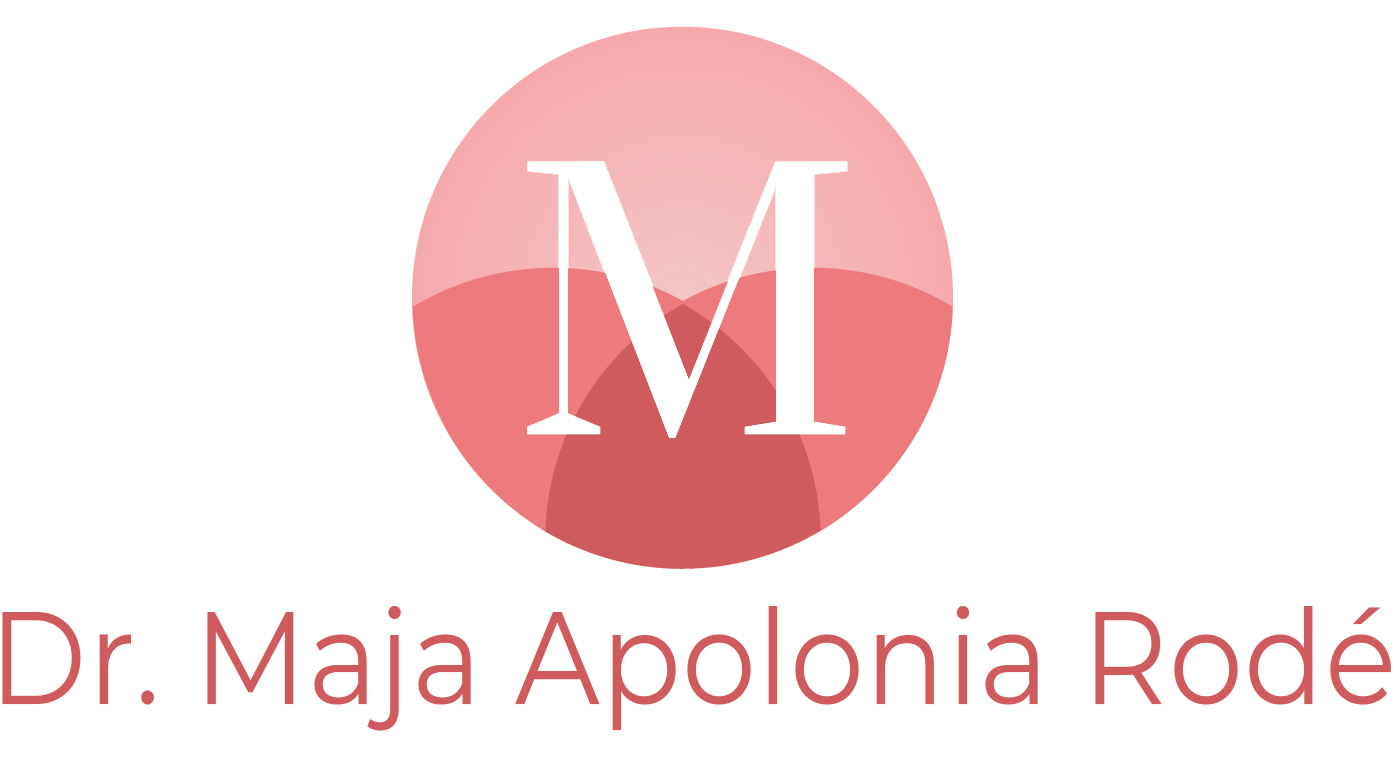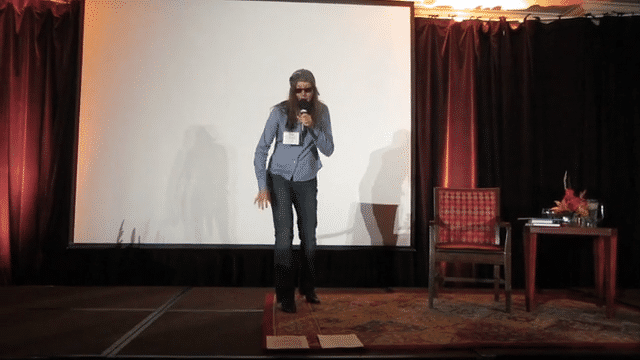Now More Than Ever, Find Out What’s True
article | 1,317 words — by Sonya Amrita Bibilos
by Sonya Amrita Bibilos
In the age of fake news and growing conspiracy theories, discerning the truth is more critical than ever. I have been astonished by the quantity of misinformation on social media right now, even in educated and liberal circles. The human brain being what it is, we can be vulnerable to misinformation at any time. The inquiry, “What’s really true?” can be a proactive protection against misinformation. This inquiry has been a powerful tool on my awakening and healing journeys, as well as in my work. If you’ve done sessions with me, you know I ask this question (or related questions) often! This tool never gets old, and right now it can be exceptionally useful.
My awakening teacher, Adyashanti, used to ask us, “If I was going to chop your head off if you told the slightest lie, what would you say is really true?” It might sound harsh but I found it extraordinarily liberating! It helped me release distorted beliefs, suppositions, or unsubstantiated feelings. It forced me to get clearer on what I knew and didn’t know. I hadn’t realized how exhausted my mind was from wrestling with so many ideas and feelings. With the inquiry of truth, my mind was relieved.
Find out what's true:
Accept What You Don’t Know
Embrace Simultaneous Truth
Get Comfortable With Paradox
Invite Others to Truth Inquiry
There’s a big difference between what we feel is true, what we want to believe is true, and what’s actually true. A real truth lands with clarity and head-to-toe alignment, and sometimes even a sense of peace. This is different from something that might feel true to our emotions or that the mind wants to believe is true but can’t be verified in a grounded way.
For example, a business client of mine was recently in a full storm of insecurity and feeling like a failure in her job. She was absolutely convinced that one of her employees was bad-mouthing her behind her back and trying to destroy her career. It felt true to the insecure emotions within her.
I had the opportunity to talk with this employee of hers and I found that, while he was frustrated – and I’m sure he expressed his frustration to colleagues – he respected my client immensely and felt frustrated because he knew she could do better. When I shared this with my client, she said, “Oh wow! Now everything he’s said and done makes perfect sense. Thank you for clearing this up.” Then, based on clarified truth rather than fear, she was able to have a series of conversations with him in which she stepped up as a better leader and they improved their communication with each other.
Accept What You Don’t Know
Part of the power of truth inquiry is that it illuminates what we don’t know. It’s vital to feel open and curious about what we don’t know. In the example above, my client could have initially realized, “I know that my employee is unhappy with me. I know some of the reasons why, but I don’t know all the reasons why. I don’t know how he is acting or communicating about his frustration behind my back.” Then she could have gotten curious, had an honest conversation with him, and gotten more quickly to the truth. If she’d followed this path, she would have skipped the suffering of fear that plagued her for months.
“It’s vital to feel open and curious about what we don’t know.”
How much suffering do we create by assuming something is real or true without verifying or asking? Give yourself permission to not know everything. Embrace the facts you know, embrace what your inner wisdom is telling you, and also embrace the unknown. Even though at first the unknown might feel scary, most people find a surprising sense of relief when they accept what they don’t know. Reframe the unknown as a doorway for discovery! How can you learn more, engage in better dialogue, explore new possibilities? When you ask these questions, you turn the unknown into something interesting and maybe even compelling.
Embrace Simultaneous Truth
In a truth inquiry, people often get confused when two or more things are simultaneously true but seem to conflict. When the mind sees multiple truths it can’t reconcile, then it chooses one or two to the exclusion of others. But I’ve learned that embracing simultaneous truths is a skill that we can develop.
Here’s an example of simultaneous truths: COVID-19 is impacting both our health and our economy. If you only accept that it’s hurting the economy, you might be moved to deny the health impact of the virus and go outside without masks or not social distance. If you only accept that it’s hurting human health, then you might support policies that hurt businesses and communities in ways you don’t realize. This is a great example of how we need to employ, “Yes and.” In this case, yes, COVID-19 impacts health and yes, it impacts our economy too. With these simultaneous truths, we can better create solutions that support both human health and the economy.
“When the mind sees multiple truths it can’t reconcile, then it chooses one or two to the exclusion of others. But I’ve learned that embracing simultaneous truths is a skill that we can develop.”
Here’s a different example of working with simultaneous truths in relationship. My husband and I had been camping at Sequoia National Park and had to decide if we wanted to go home or stay one more night. I said, “I don’t feel done.” He said, “I feel so done.” For a moment, I was stunned. We usually agree on these kinds of things. How could we be at opposite ends of the spectrum?
So I checked with my inner wisdom and heard, “Get curious.” So I asked, “What are you done with, exactly?” He said, “I am done with our noisy campground and sleeping badly every night! I miss our bed!” And I replied, “Me too! I feel done with the campground, but I don’t feel done with being in the mountains.” He immediately acknowledged that he didn’t want to leave the mountains either, but couldn’t reconcile that with his need for a good night’s sleep.
Once we accepted these simultaneous truths, then we could both see the solution at the same time. We decided to hike all day, drive home late at night, sleep in our gloriously comfortable bed, and unpack in the morning. With all truths acknowledged, we found a creative and effective solution.
Get Comfortable With Paradox
If you take this one step further, then you can have more comfort with paradox – a helpful skill in spiritual awakening. For example, you could feel crappy, stressed out, or upset… but simultaneously you can remember that, underneath everything, there is always Divine Love and Oneness. Yes, these truths seem to contradict each other, but in awakening you can realize that while your mood or the events of your life are temporary, like clouds in the sky, Divine Love and Oneness are everlasting, like the sky. They are both paradoxically part of the human experience.
Invite Others to Truth Inquiry
With a spirit of curiosity and openness, you can gently invite others to ask what’s true too when it feels appropriate. Sometimes, starting with the humble acknowledgment, “I’m not sure what’s really true here,” can open up a fresh discussion and exploration. I will often talk about what I know, what I don’t know, and what’s fuzzy or uncertain. I am always learning new ways to ask my clients or others in my life what’s really true for them.
“You might be surprised by how often the mind can color outside the lines and create some not-so-helpful stories. ”
Do an Experiment
In the next few days, just observe your thoughts and feelings. How often do you believe or think something that has no basis in truth – verifiable fact, inner wisdom, or inner alignment? You might be surprised by how often the mind can color outside the lines and create some not-so-helpful stories. Play with inquiries like, “What’s really true?” and “If my head was going to be chopped off if I told the slightest lie, what would I say is the truth?” See what you discover. Have fun with it, actually – this is, after all, a learning adventure. And as always, blessings for your journey!
❤ 2020 | Sonya Amrita Bibilos
Related items . . .
The Reality of Self Love
Get more of Sonya’s wisdom in this dialogue series on staying true to what’s true in you.
Who Are You?
video | 4 min — find out what’s true about you!
Divine Dice
offering | oracle game — a tool for accessing the truth within
1MBX-006




